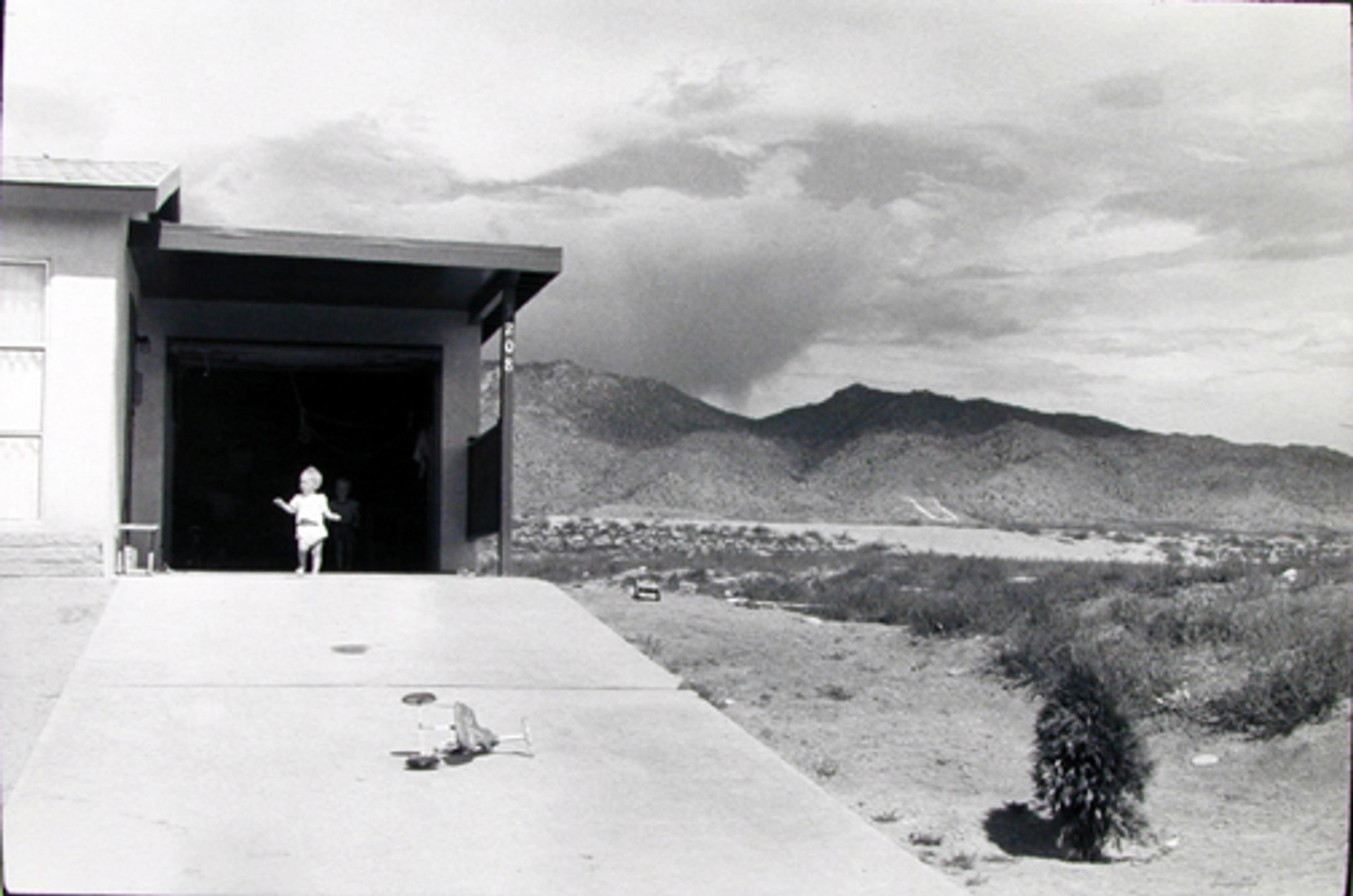Peder Lund

Garry Winogrand
Download BiographyNew York-born artist Garry Winogrand (1928-1984) developed his personal photo- graphic style as a freelance photojournalist. In 1963, the Museum of Modern Art in New York presented the first major show of Winogrand ́s works, which was later fol- lowed by two exhibitions, “The Animals,” in 1969, and “Public Relations,” in 1976.
Garry Winogrand’s photographs catch the pulse of urban American post-war society and social diversity, portraying popular culture and life of consumption led by many Americans. With predecessors such as Walker Evans and Robert Frank, Winogrand and his contemporaries Lee Friedlander, William Eggleston and Diane Arbus left an indelible mark on the history of photography.
Winogrand is generally credited with having established “street photography” as a genre, and with his much copied use of the wide-angle lens and tilted picture-frame, he exerted considerable influence over contemporary and later photographers. The images are often laden with visual puns, disquieting juxtapositions and uncomfortable confrontations, often with an element of the tragicomic.
Winogrand was the recipient of numerous grants, including several Guggenheim Fellowships and a National Endowment for the Arts Fellowship. His work has been the subject of many museum and gallery exhibitions, and was included in the 1967 “New Documents” exhibition, curated by John Szarkowski at the Museum of Modern Art, New York.
In 2013 the San Francisco Museum of Modern Art mounted a major retrospective exhibition including over 160 of Winogrand’s photographs. The exhibition traveled to venues including the National Gallery of Art in Washington D.C.; The Metropolitan Museum of Art, New York; Jeu de Paume, Paris, France; Fundacíon MAPFRE, Madrid, Spain.